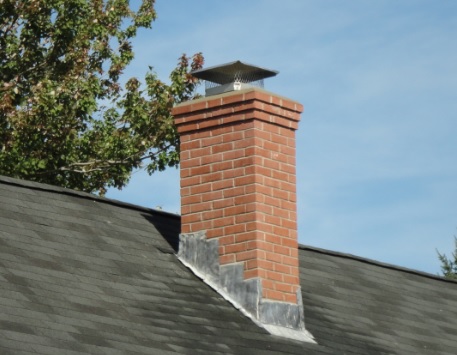Silane Siloxane water repellent sealers are the best type of sealer to use on brick chimneys. They are breathable, chemically reactive water repellent sealers that reduce water absorption on the surface. By reducing the absorption of water, deterioration caused by water absorption is also reduced. Brick chimneys sealed with a water repellent sealer are more resistant to cracking, spalling, pitting, mold and mildew, and efflorescence. Silane siloxane water repellent sealers are the most popular sealer for brick, and are used by both homeowners and contractors. Two top rated water repellent sealers for brick chimneys are the Armor SX5000 and Armor SX5000 WB. The primary difference between the two is that the SX5000 is solvent based and the SX5000 WB is water based. They both penetrate through brick and offer the same life and performance benefits.
Learn more about Silane Siloxane Sealers.
Concrete densifiers, which are also penetrating sealers, are sometimes used to seal brick chimneys, but they don’t offer the same benefits as a water repellent sealer will. Brick sealed with a concrete densifier will still absorb water, resulting in issues with deterioration and leaking. If you use a concrete densifier to increase the strength and density of the brick, consider also applying a water repellent sealer 5-7 days later.
Aside from applying a water repellent sealer to the chimney, there are a few others things you want to check:
- Make sure the flashing is correctly installed and in good working condition. This is the area found at the base of the chimney.
- Make sure the grout is in good shape. Any weak or deteriorating areas should be repaired and then sealed.
- Make sure the crown is in good shape and any cracks are properly repaired.
- Make sure the chimney cap is properly installed.
How to Seal a Brick Chimney
Sealing a brick chimney is very easy and can usually be done in about 30 minutes or less depending on the size of the chimney.
- Make sure that all areas of the chimney that were in need or repair have been repaired, and are in good working condition.
- Clean off any areas of dirt, mold or mildew, or efflorescence.
- Allow the brick to dry for at least 24 hours.
- Using a pump sprayer, apply 2 coats of a water repellent sealer.
- Let dry.

